

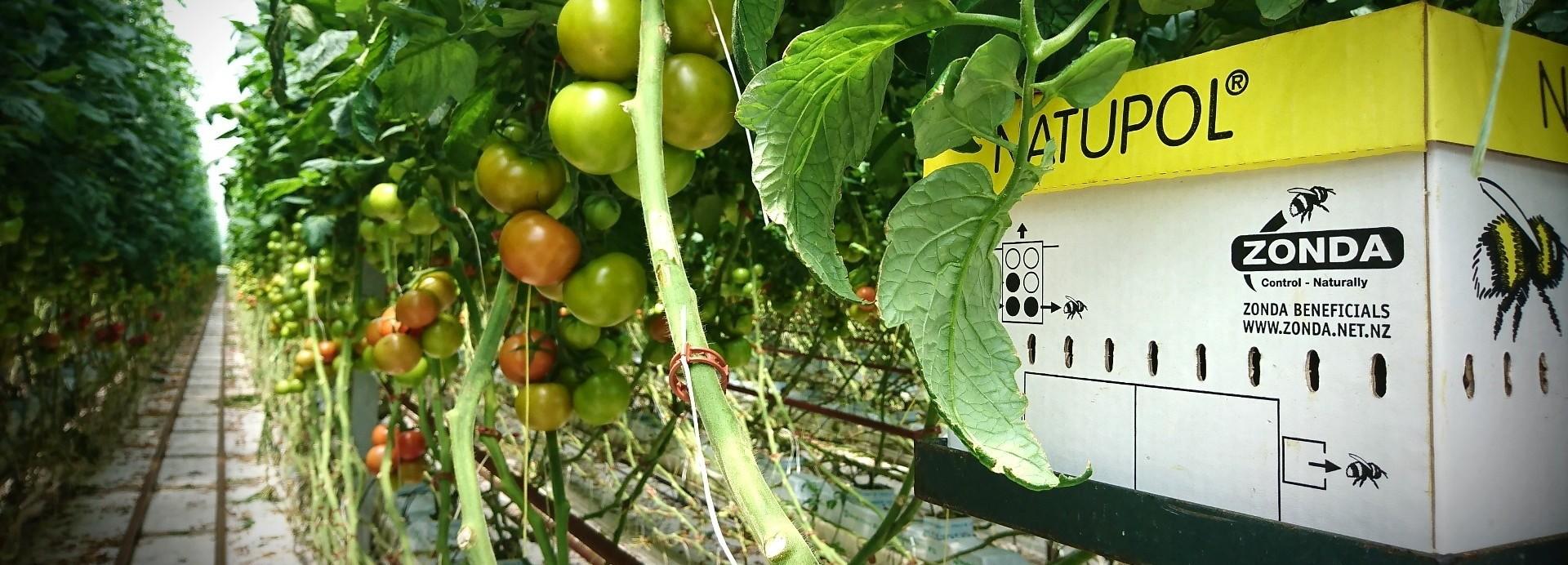
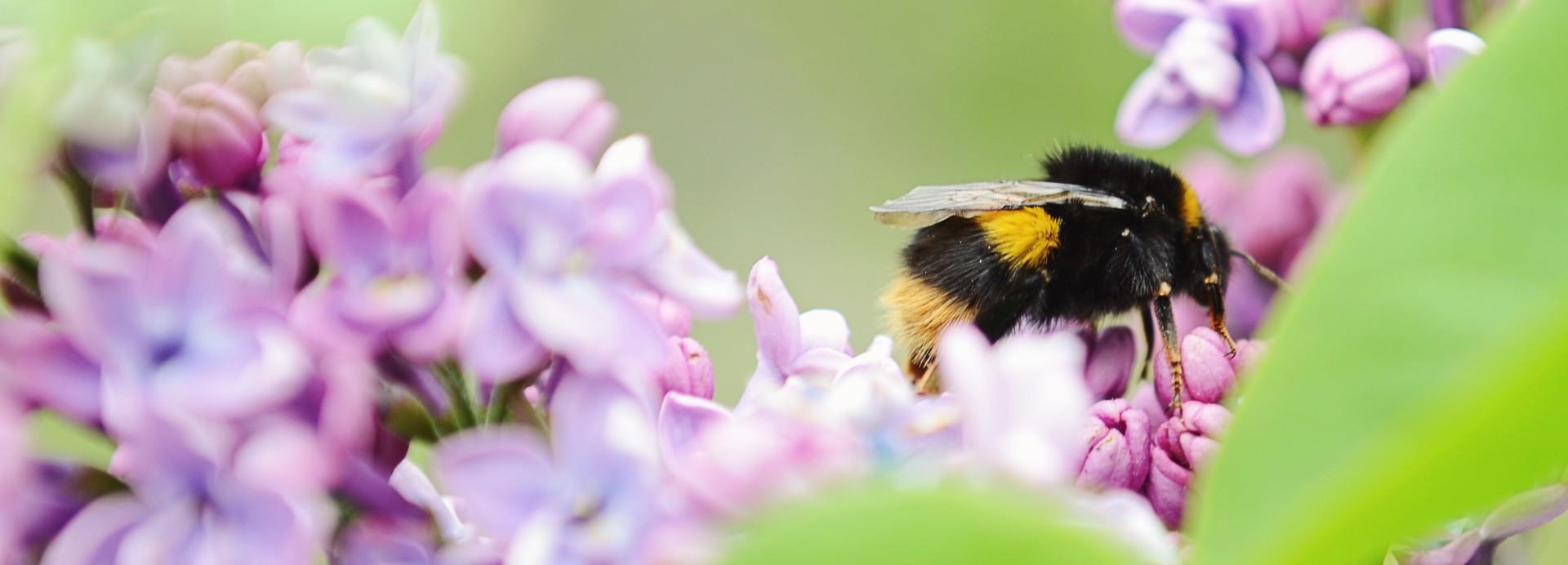
In the past, naturally occurring pollinators were abundant. However over time with the extensive use of broad-spectrum insecticides by growers, along with the wide decrease in the wild honeybee population, the situation has changed. Growers are now seeing the many benefits of using bumblebees, as well as using bumblebees in conjunction with other pollinators.
Many growers are finding a diminished size in the fruit they grow and the number of fruit per plant is reduced. In most cases this can be directly attributed to the lack of proper pollination.
Proper pollination is essential for optimal fruit set and production.
Bumblebees are exceptionally effective pollinators of crops both in greenhouses, under covered crops and in open-air situations.
In recent years there is evidence and research to show that the bumblebee is very effective in a range of outdoor crops, particularly kiwifruit, blueberries, avocado and other stone fruits
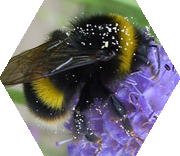
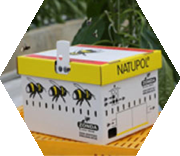
In comparison with other pollinating insects like honeybees, bumblebees are very effective pollinators. They are fast workers, visiting twice as many flowers per minute than honeybees. Because of their size then can carry much heavier loads, which allows them to be out foraging for longer periods of time. Their larger size also allows them to have better contact with the stamens and pistils than smaller insects.
Bumblebees make relatively few demands on the circumstances under which they work. They feel more at ease in greenhouse/tunnels than honeybees for instance, particularly in restricted areas. Bumblebees will still work in low temperatures and low light levels, even wind and drizzle will not deter them.
Bumblebees lack the sophisticated communication system that honeybees have, this is an advantage as they will be less likely to leave your crop for more attractive flowers. Should an individual bumblebee find an attractive food source elsewhere, it cannot inform its companions.
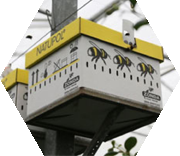
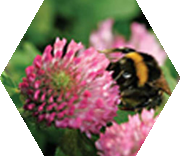
Bumblebees pollinate flowers through a method called ‘buzz pollination’. This is when the bumblebee grabs onto the flowers and anthers to vibrate and dislodge the pollen, This allows a bumblebee to pollinate a flower in a single visit, whereas the honeybee may need to visit the flower 7-10 times before it is fully pollinated.